Sometimes it’s easy to hold back laughter, and sometimes it’s impossible. This is a story about both sides of life – a tale about the Sundberg motor family and their 1968 Coronet.
Let us begin with the somber part. In 2010, Joakim Sundberg broke his back in a motorcycle accident. Although it’s not something he talks about much himself, the incident has inevitably impacted both him and his family over the past decade and a half. But as quickly as a smile fades when hearing about that event, thoughts of that day 15 years ago vanish just as fast. Especially when Sundberg explains the role the Coronet has played in his rehabilitation – a fantastic way to sort out and clear his mind.
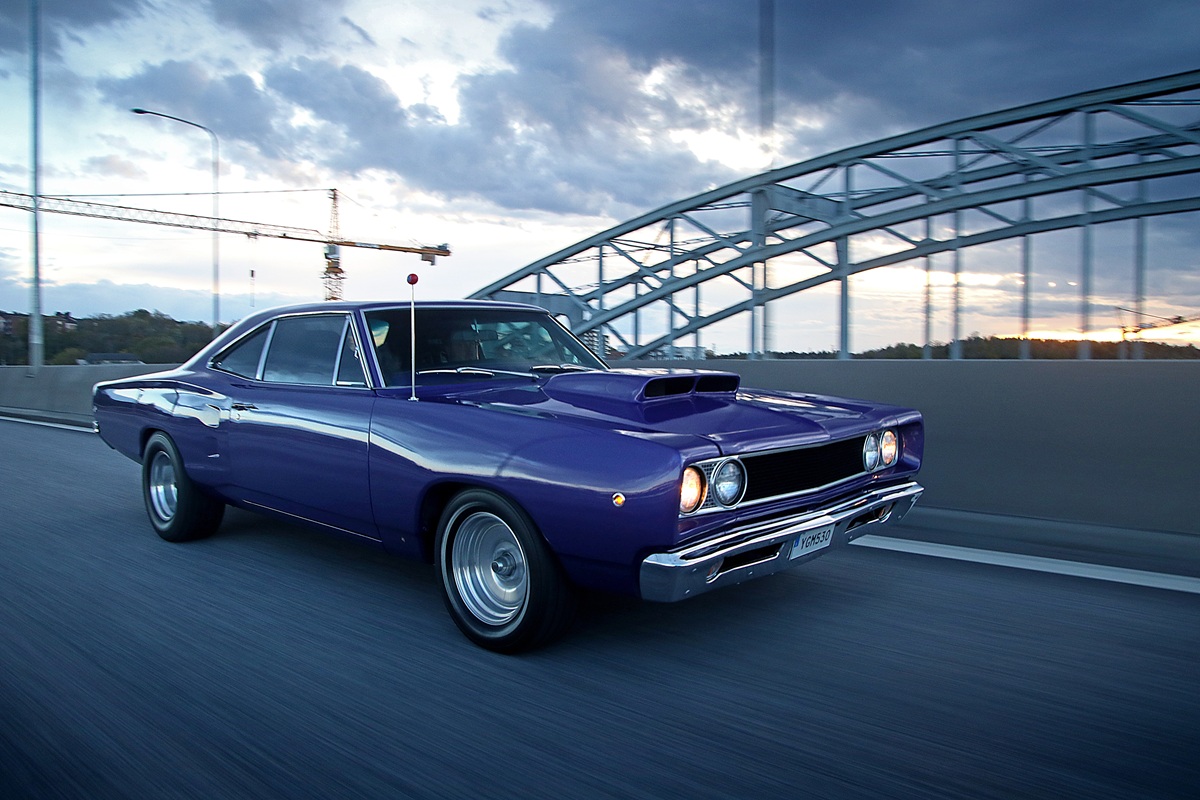
There’s simply a lot of fun happening around Sundberg and his family. Laughter suddenly appears, squarely hitting me in the face, and it refuses to leave. By the time I leave the photoshoot, my cheek muscles are sore from smiling.
Like the story of the five Finnish citizens who showed up to buy Sundbergs old 1968 Satellite. A car he had purchased to drive while renovating the Coronet – and one that partially served as a donor vehicle.
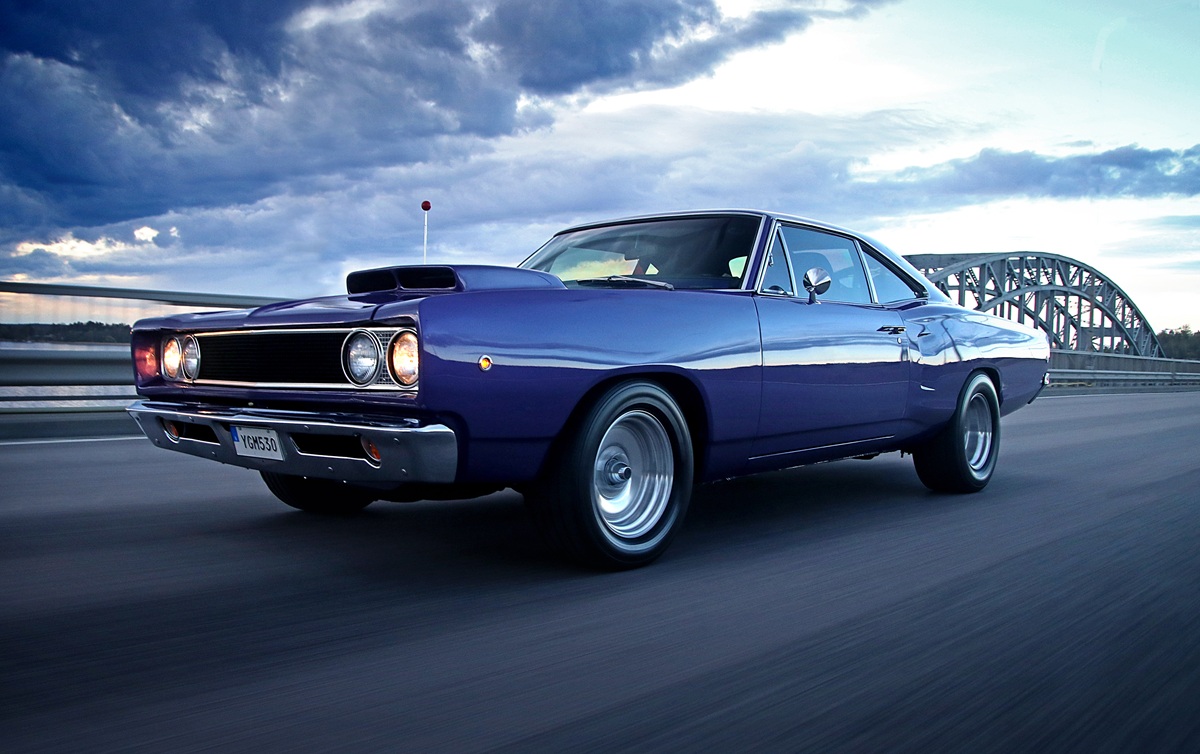
“The Satellite was sold as a rolling chassis. I swapped the rear axles between the two cars since the Coronet had an 8 ¼, and the Satellite an 8 ¾,” Sundberg says. “When the Finns arrived, they did so in a rusty, matte-black Impala from the ’80s.”
One of their first questions was whether the Satellite had brakes. Since Sundberg had just swapped the rear axles, the answer was no. That didn’t bother the Finns in the slightest. They bought the car and paid in cash – euros, of course.
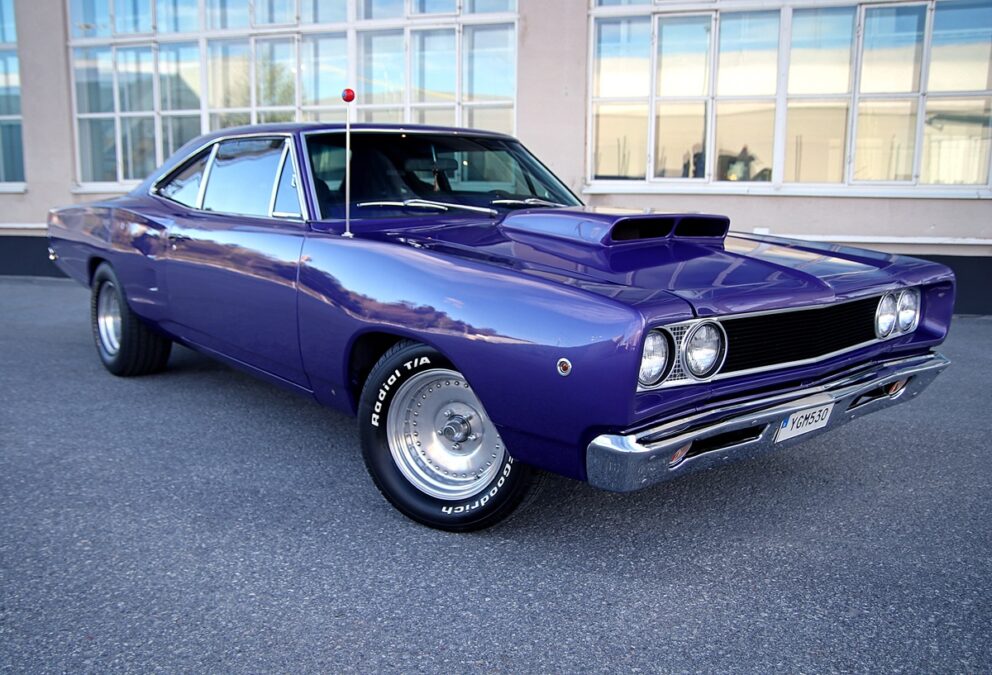
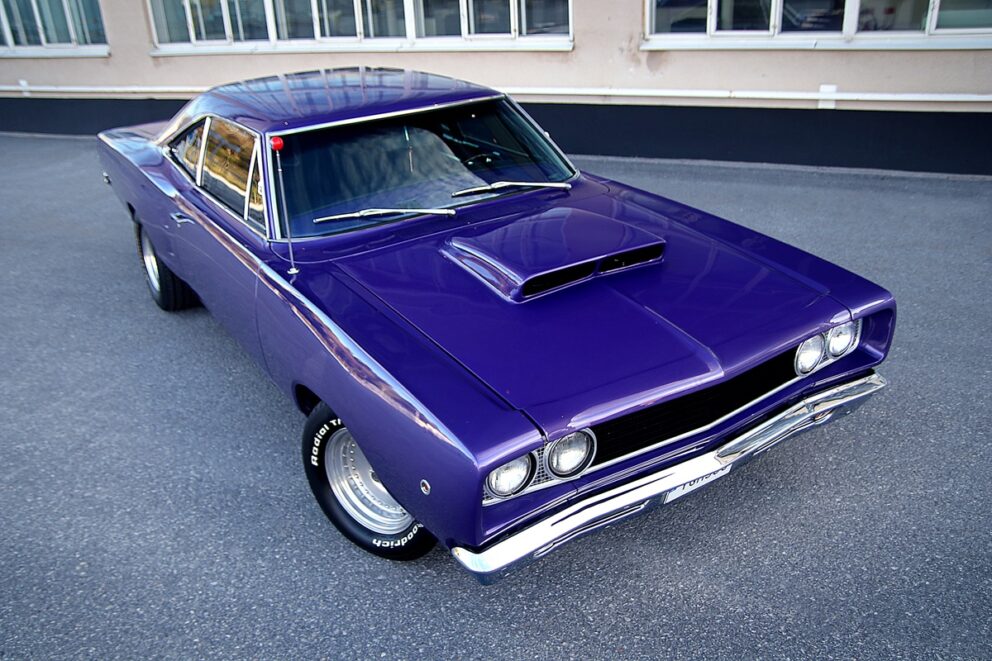
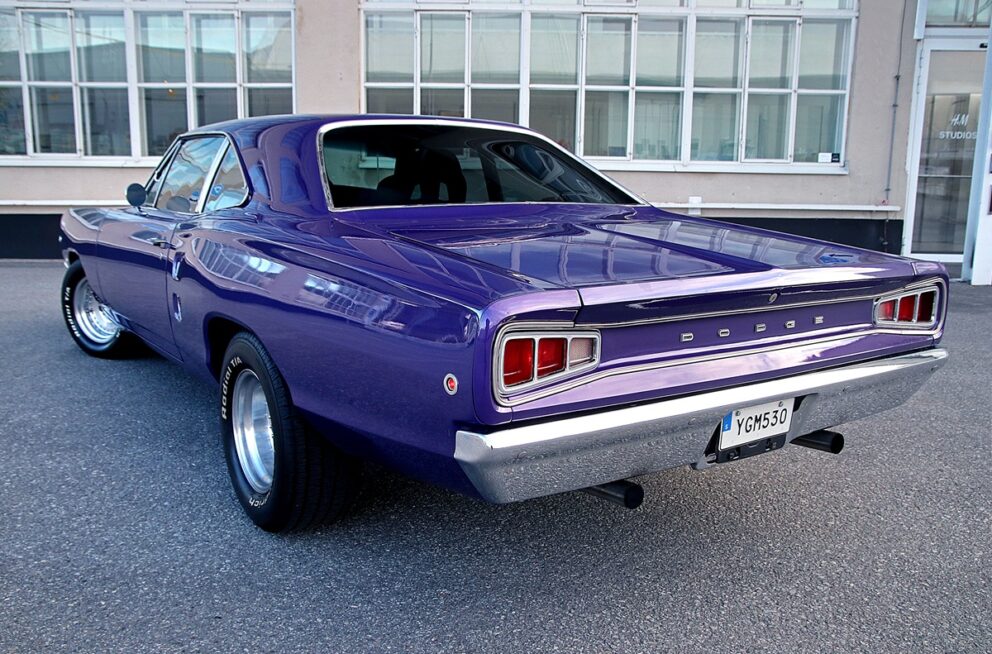
Afterward, they lifted one corner of the Satellite, hammered the brake lines to the rear braking system flat, and voilà – instant front brakes…
“I asked them when they planned to pick up the car, and they said, ‘Now.’ Then they pulled out a tow strap with at least five knots in it. It all ended with my wife, Malin, giving them our tow strap, which was in much better condition…”
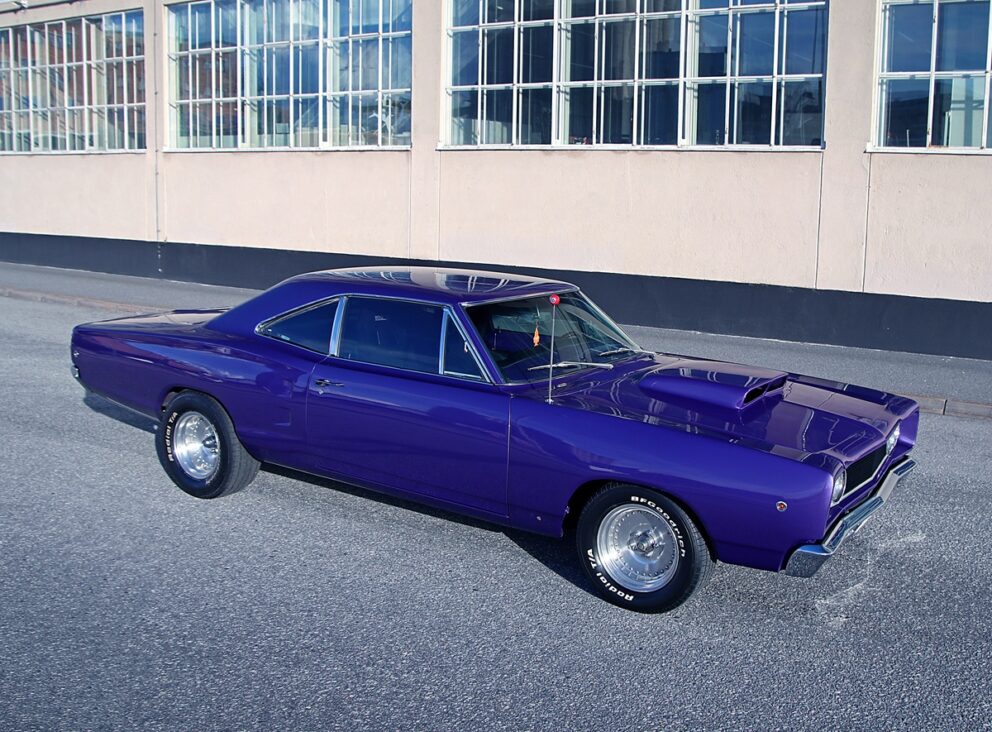
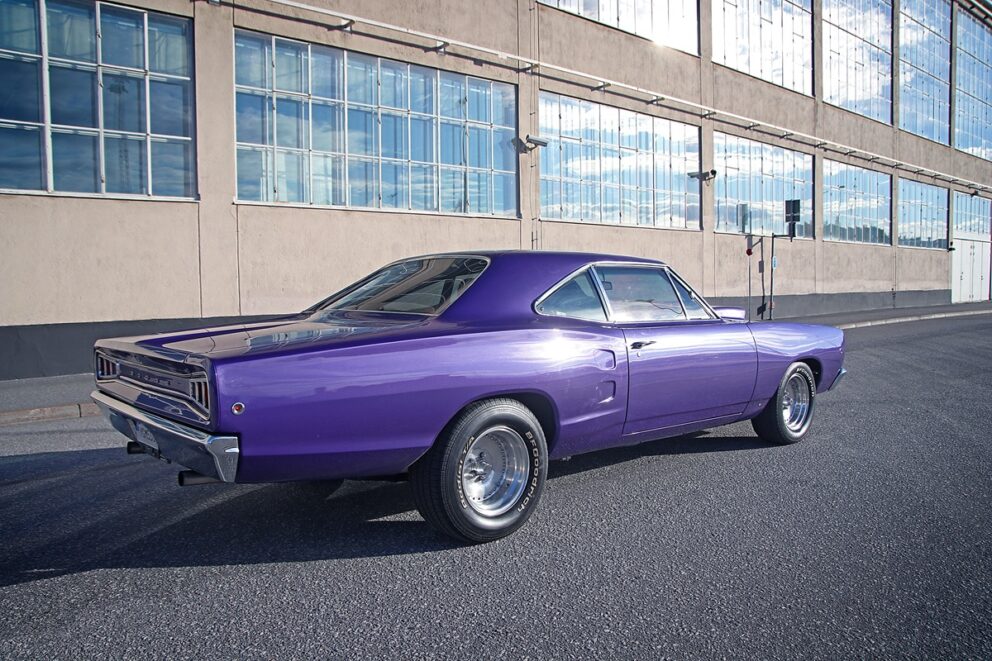
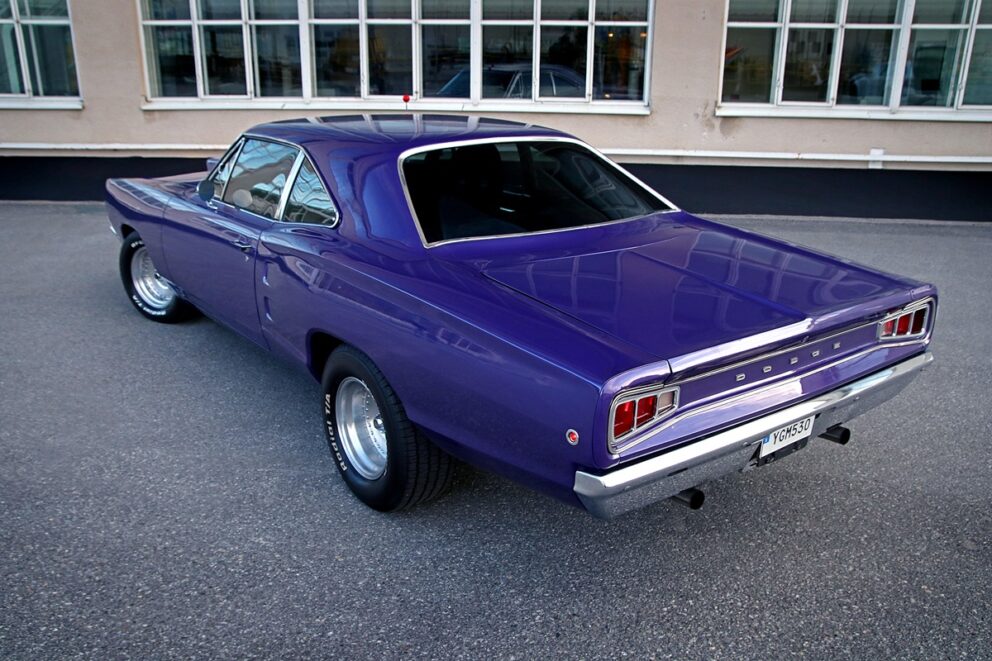
At this point, I can’t hold back my laughter. The Finns, somewhat unkempt and not ones to turn down coffee – or whiskey (the cheapest kind was fine) – fulfilled almost every stereotype thoughts I have of Finns. You can practically see the scene. They attached the tow strap to the rear bumper of the Impala and the front bumper of the Satellite.
Before heading eastward, one of them asked if any other parts came with the purchase. Sundberg nodded and pointed to a fully welded exhaust pipe leaning against the garage wall.
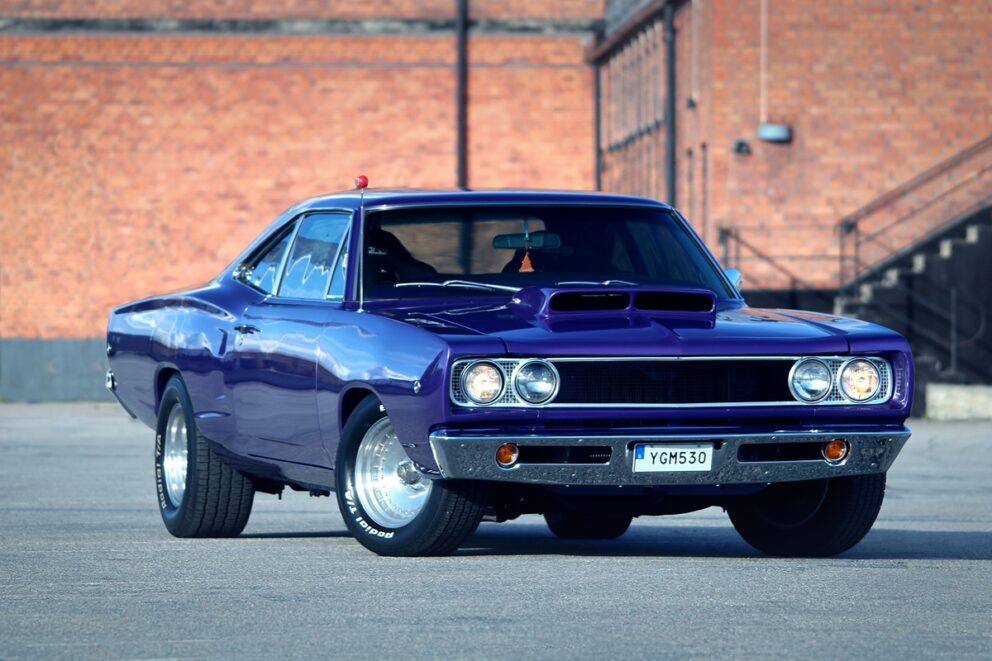
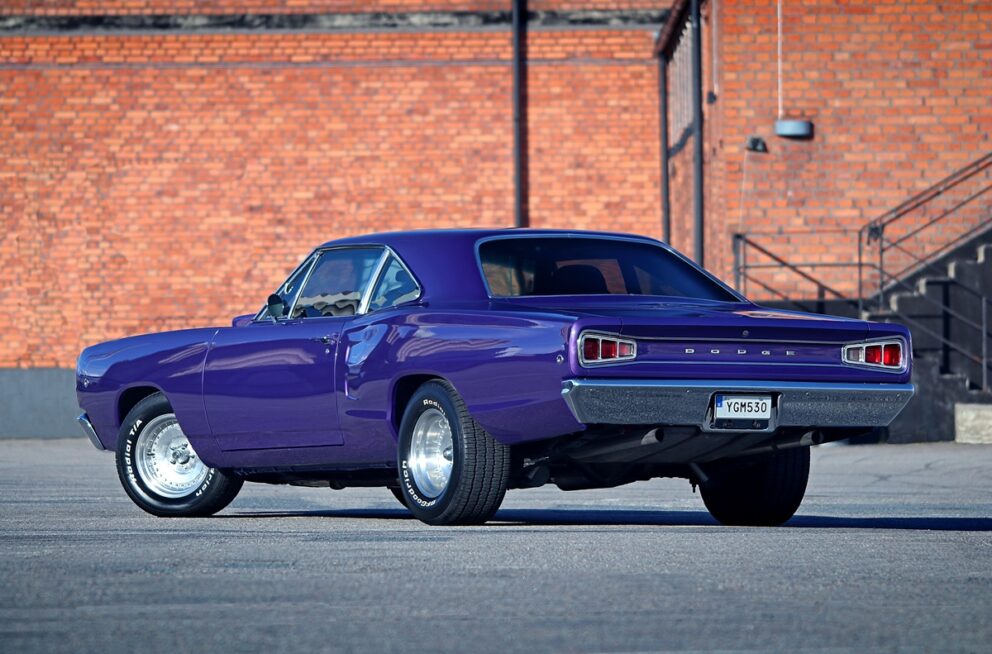
“Got a cutting tool?” one of the guys asked. Then they cut up the exhaust pipe and shoved the pieces into the trunk. I can’t help but laugh again, especially since Sundberg tells this hysterical story with stoic calmness.
Now, to the subject of this article – the purple Dodge. It was imported to Sweden from Texas in 2011 and hadn’t been in the country long before Sundberg purchased it.
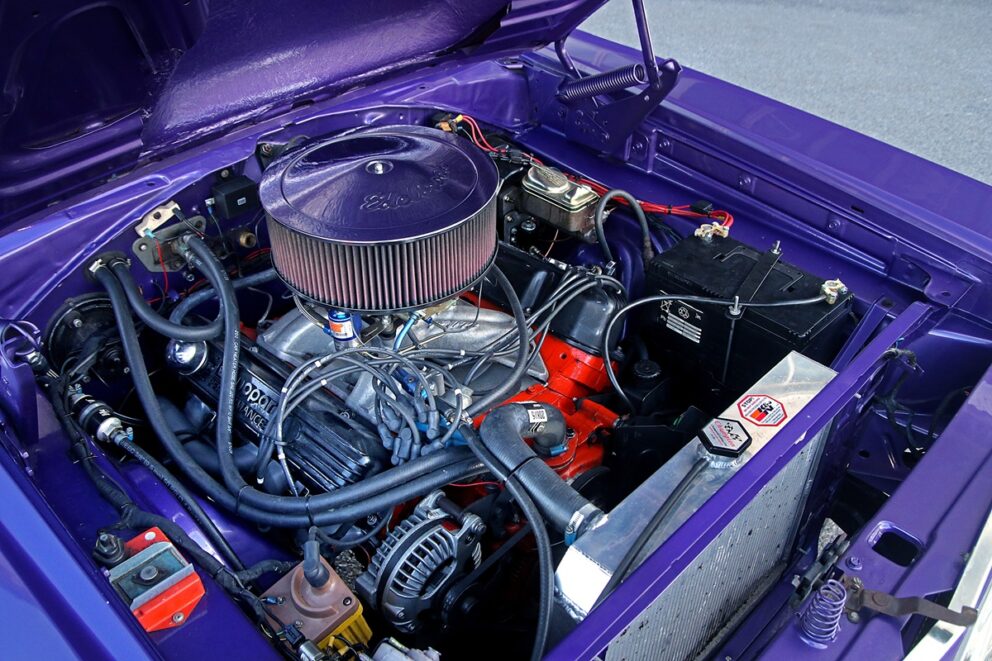
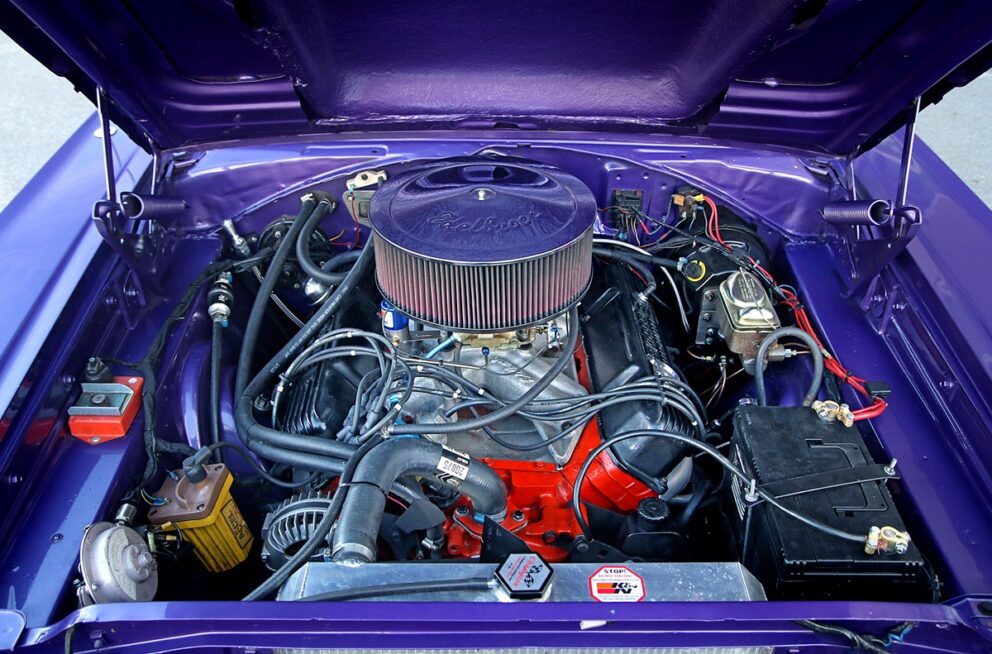
“I bought it without an engine and transmission. When we stripped out the interior, the floor came along with it. It was stuck to the carpet. Only the driveshaft tunnel remained when we were done. It quickly turned into a major project.”
“Yeah, I immediately thought of The Flintstones when I saw it,” Malin Sundberg adds with a laugh.
This wasn’t quite how Mr. Sundberg had envisioned it. He had expected the car to be in much better condition.
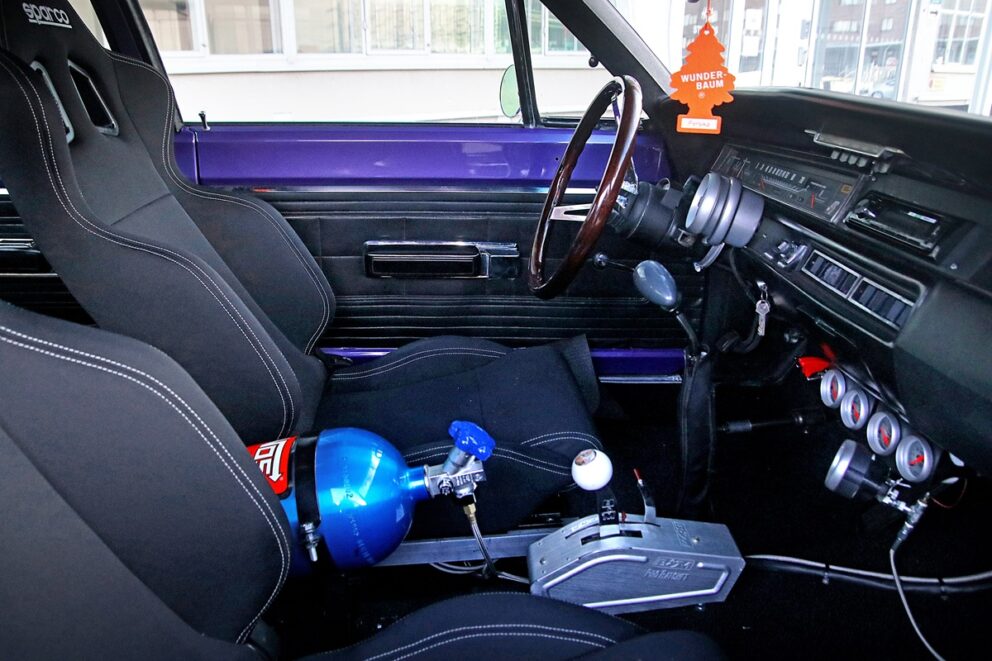
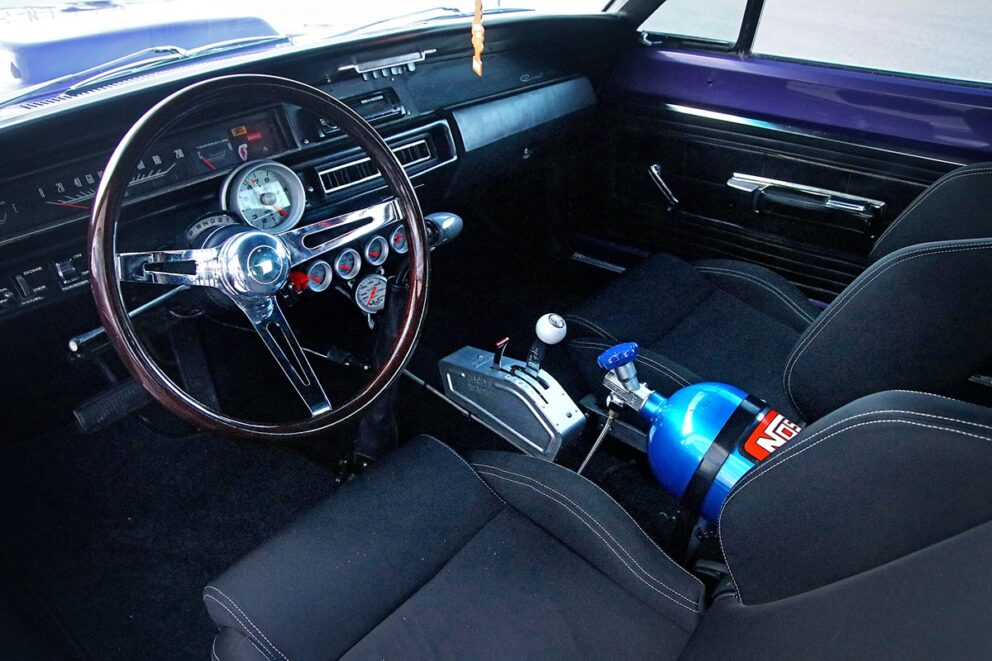
“It looked good but was as crispy as potato chips. We had to order a new trunk floor, floor pan, splash shields, new rear quarter panels – the lower parts – and an entirely new package tray. Oh, and the sheet metal around the taillights was riddled with tiny holes. Unlike the 1969 Coronet, no pressed metal parts are available for the 1968 model. It took me six months to find a donor car with rust-free sheet metal.”
Nisse Mannerfeldt in Rosersberg, north of Stockholm, has been instrumental in the bodywork. When he finished, only the roof remained untouched.
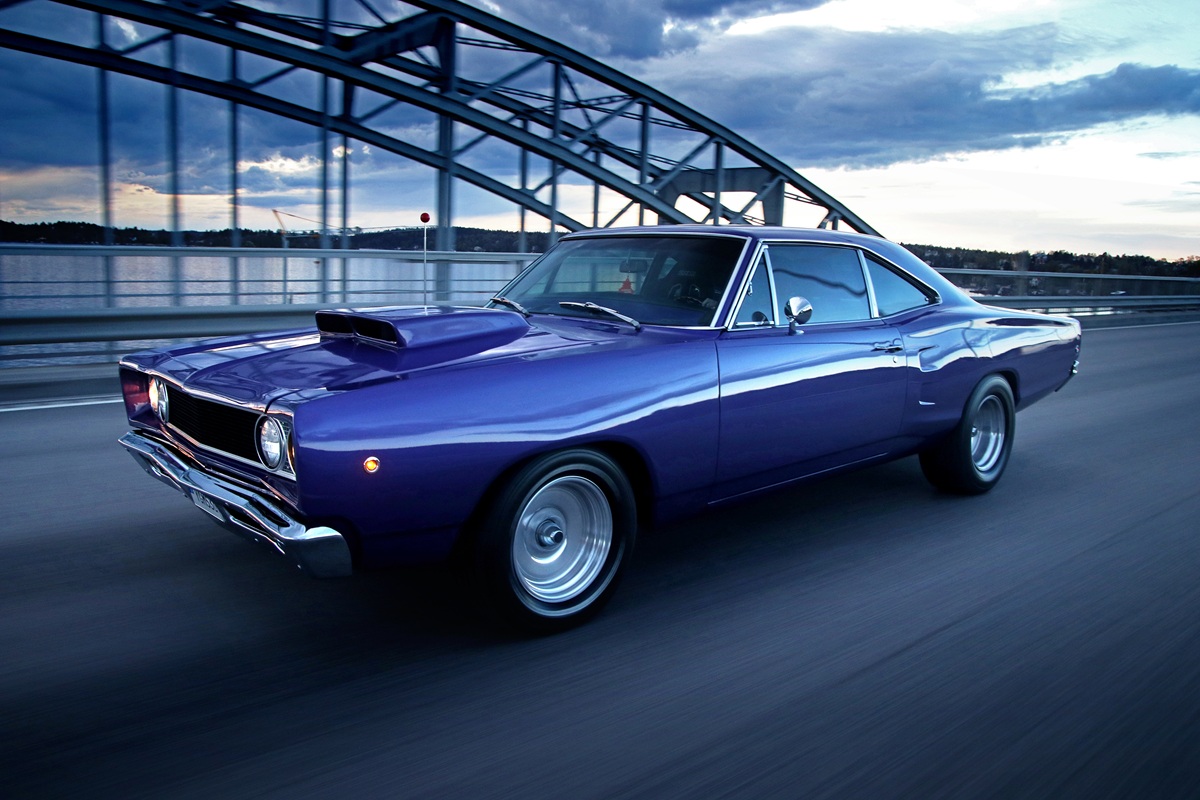
“One might think this is the wrong car to save. I would’ve preferred to invest in a genuine R/T. At the same time, it doesn’t exactly hurt to make the modifications you want.”
As for the drivetrain, it consists of the aforementioned rear axle, a 727 transmission and a V8 assembled from three different 440 engines. Sundberg, along with Mats “Matte” Lindberg, put the V8 together, and Tommy at TA Performance handled the final tuning.
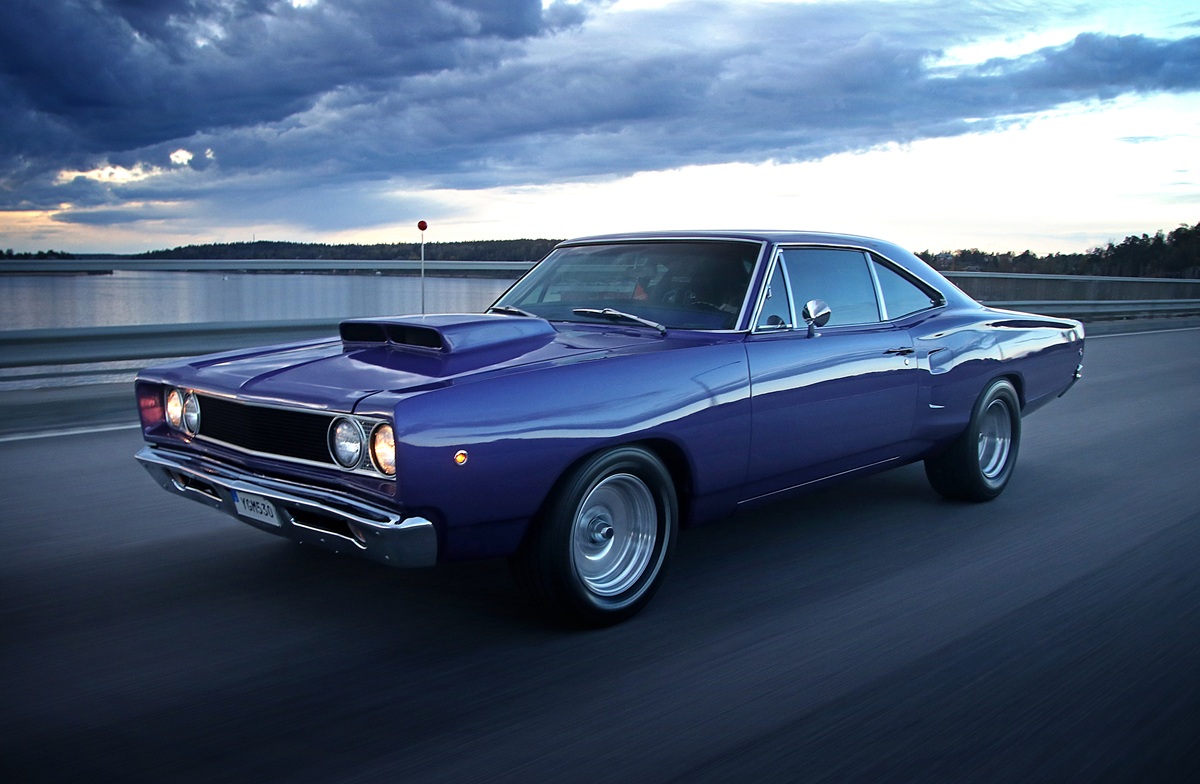
“The V8 works well now. I’ve been driving it to work for three weeks. Tommy replaced the carburetor, swapping out the Holley 850 double pumper for a Quick Fuel 750 cfm, and tuned it using a lambda sensor. For running nitrous, the recommendation is an MSD ignition system with retard.”
Nitrous, indeed. The engine is built to handle 150 horsepower of nitrous, thanks to forged pistons. Beyond that, Sundberg would need racing fuel.
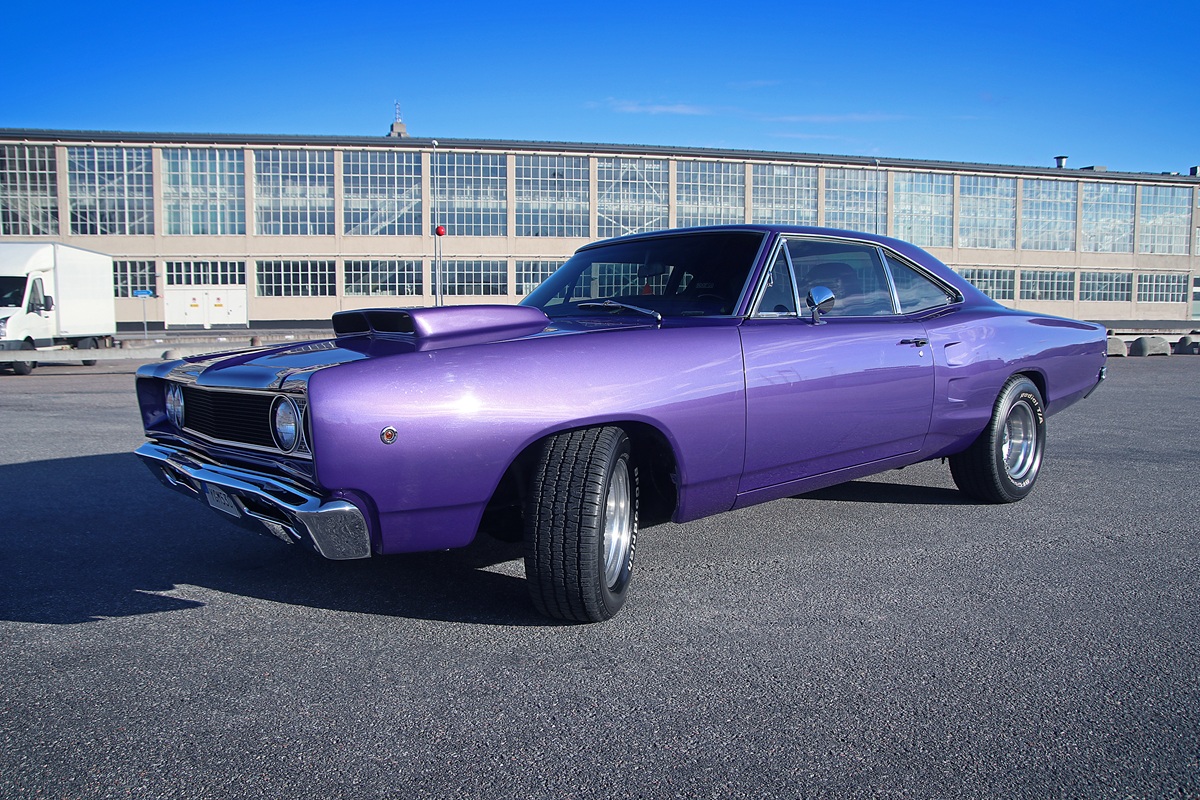
“The V8 is configured as a six-pack engine with some upgrades like milled cylinder heads and slightly larger valves. The horsepower? It’s probably over 400 horsepower. If it’s 500 without nitrous, I’ll be thrilled,” Sundberg says.
The Sundberg family lives revolve heavily around motors ‘n engines. Both Malin and Joakim work in the transport sector, and while the Coronet is significant, karting is the biggest thing of all. Both children, Tyra and Thor, race at a high level, competing abroad. Thor has been racing for around nine years, and Tyra for eight.
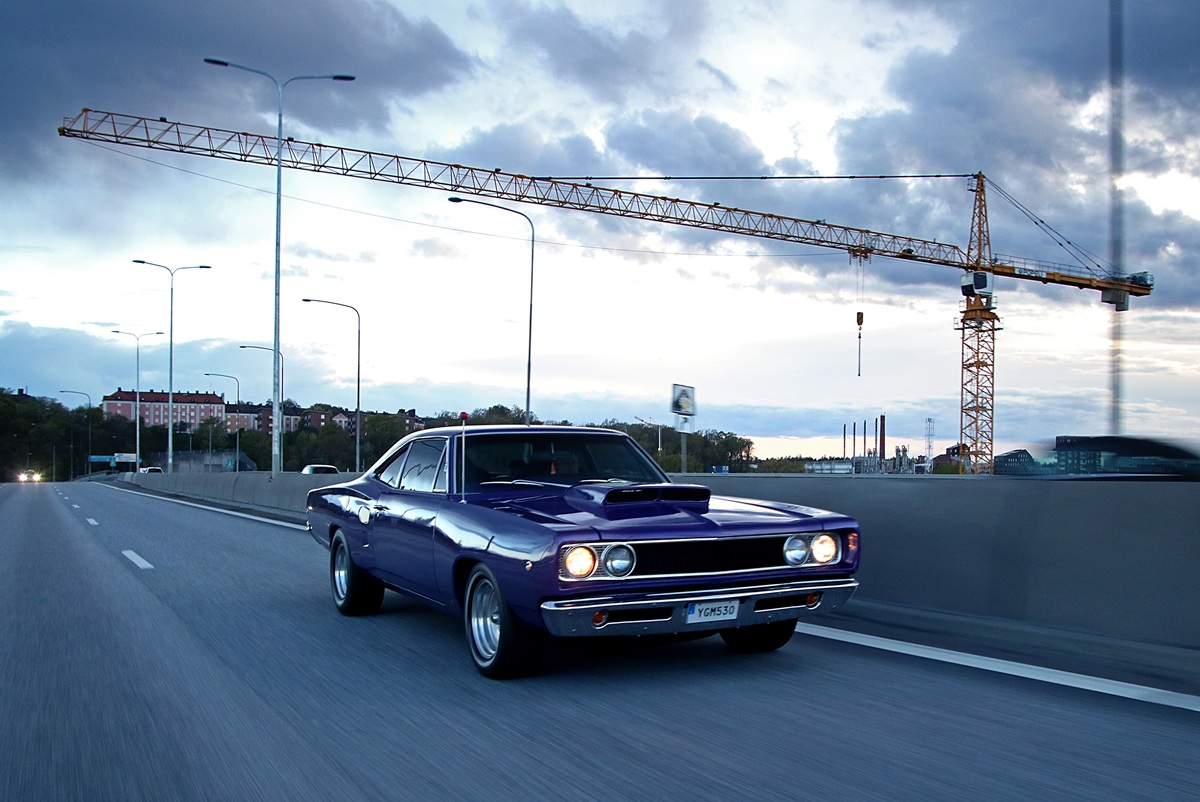
“We’re quite committed. It’s often Thursday-to-Sunday races every week, year-round. A few weekends ago, we raced in Helsingborg on Saturday and Västerås on Sunday, for example. We’re heading to Italy soon,” Mr. Sundberg says.
They had already been there earlier. In fact, the COVID-19 pandemic exploded while the family was in Italy, forcing them to return home – a story worthy of its own article.
“Yeah, we might be the ADHD family, not the motor family,” Malin laughs.
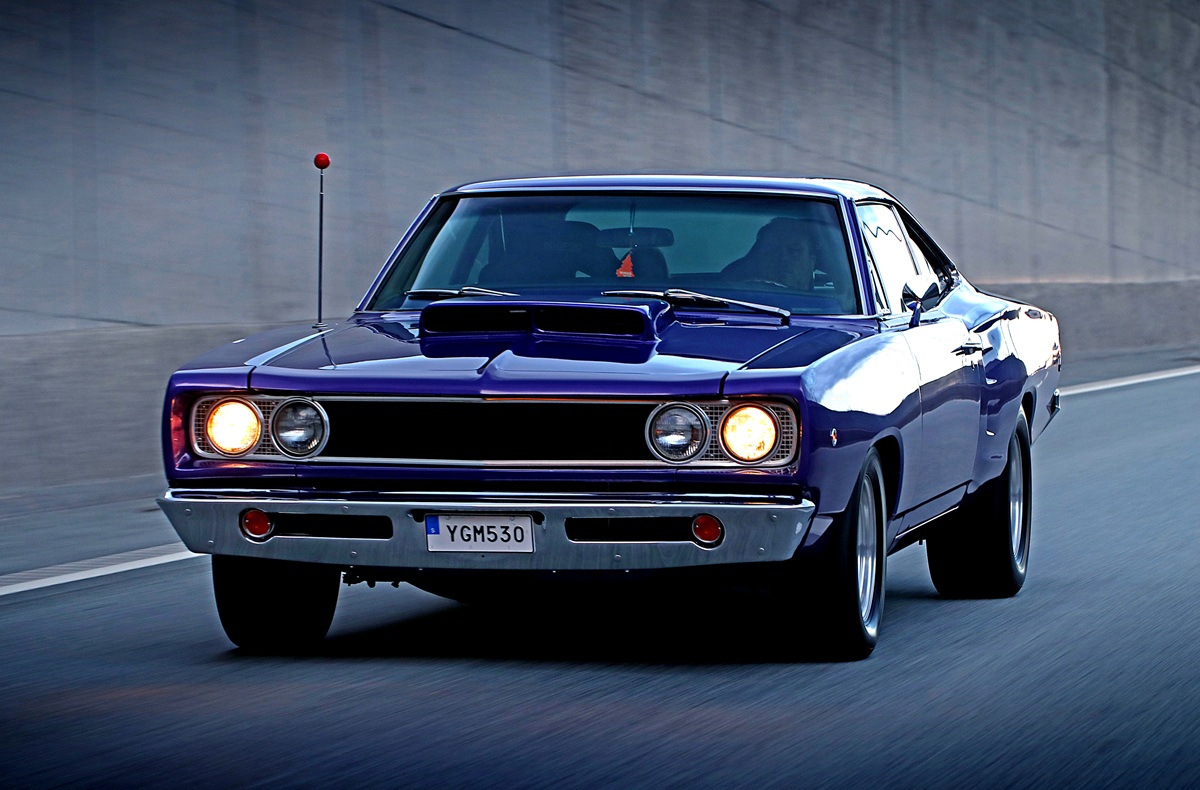
Despite their intense life, Tyra and Thor are incredibly calm. During the four-hour photoshoot, they didn’t complain once. I’ve never encountered two better-behaved children – secure and confident.
How do you manage it?
“There’s always so much going on in our family, so maybe they get it from that. They’ve also grown accustomed to things taking time, given my situation. Everyone has to pitch in for us to get going. They’re used to boredom and being along for the ride, so they’ve likely gained their discipline that way,” Mr. Sundberg says.
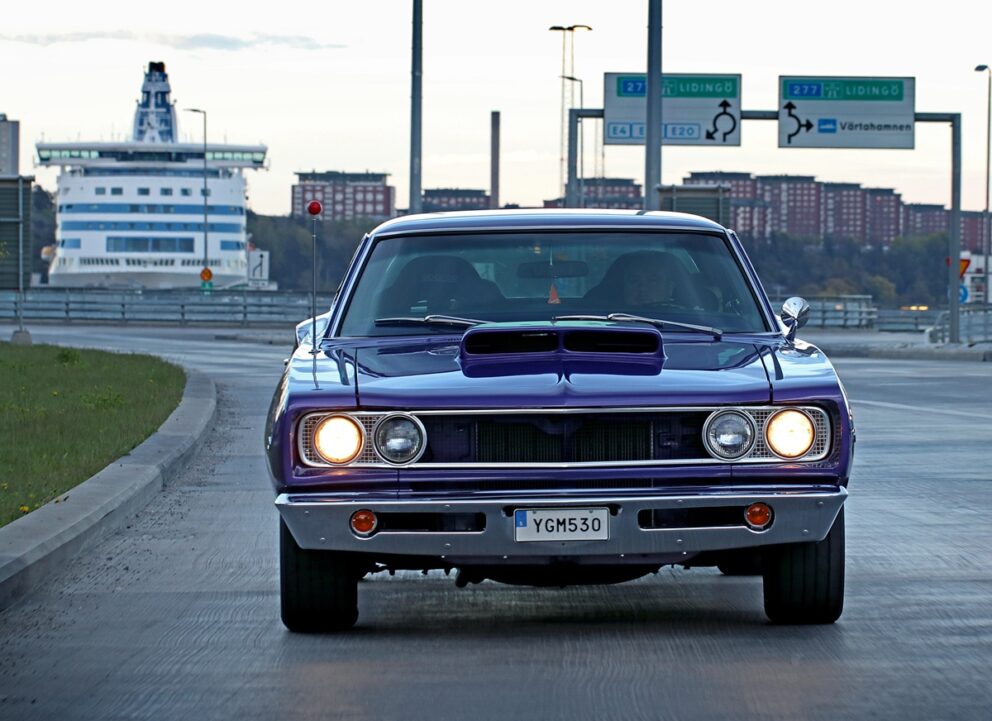
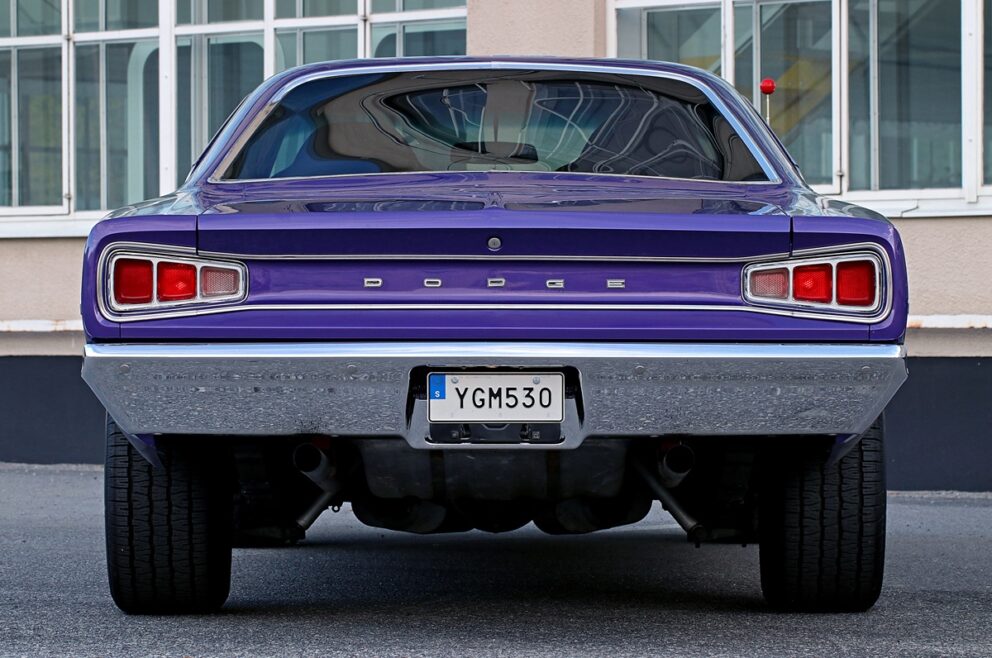
Finally, I can’t help but love the choice of color. When Sundberg bought it, the car was light blue. When it came time to paint the Dodge, a debate arose between him and Malin.
“We went back and forth. We discussed black, and I like that dark green Mopar® color. In the end, we chose Plum Crazy – a color Malin picked. It’s from the 2017 Dodge Challenger.”
Purple, indeed – a mix of blue, symbolizing melancholy and calm, and pink, representing vibrant joy.
A very logical color choice. And human, as I said.
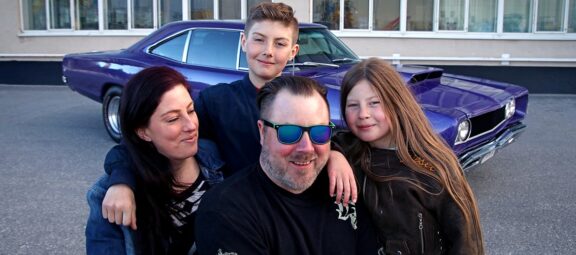
0 Comments